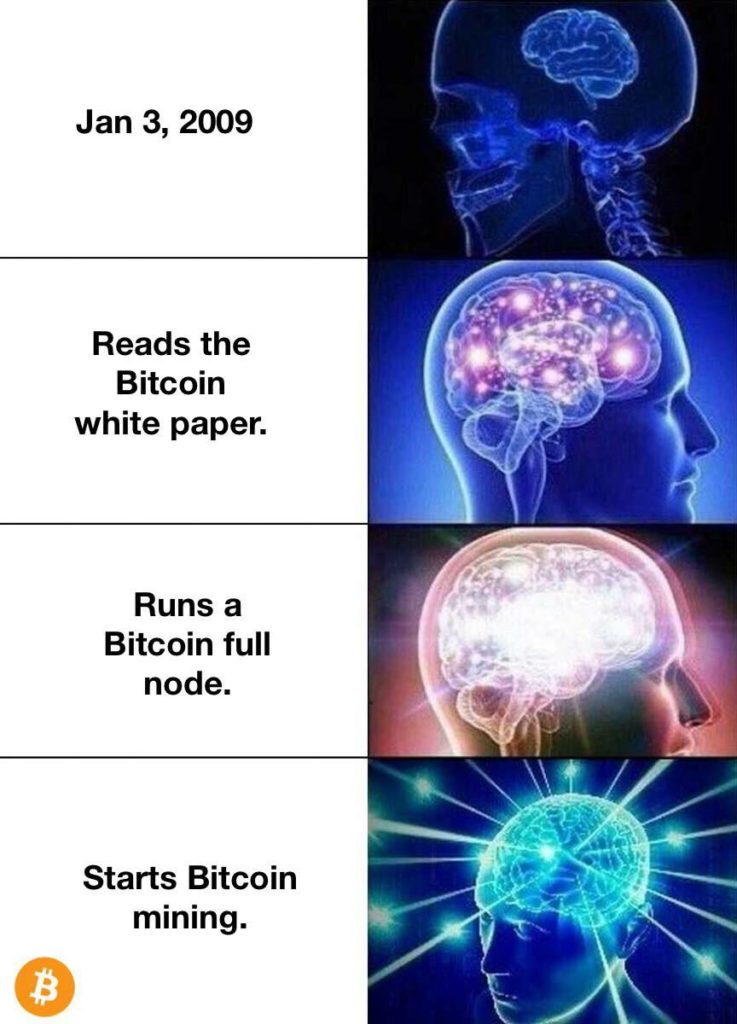Become a First Class Bitcoin Citizen.
A Bitcoin full node is a program that fully validates transactions and blocks. Almost all full nodes also help the network by accepting transactions and blocks from other full nodes, validating those transactions and blocks, and then relaying them to further full nodes.
Why Run a Full node?
Holding your own keys ensures you can’t lose money due to mistakes made by other people. Running a full node ensures no one can trick you into accepting invalid payments. Running and using your own node is how you attain the strongest security model available to Bitcoin users and also strengthens the system as a whole. “DON’T TRUST, VERIFY!”



I will be documenting my journey of setting up a full node this year. I want to achieve this using only 3 rules.
- Do it for as cheap as possible.
- repurpose or re-use old tech.
- only use renewable (unreliable) energy.
I will use the same 3 principles to begin Bitcoin Mining Follow my Bitcoin Mining Journey Here
Republished here from Bitcoin.org
Bitcoin Core full nodes have certain requirements. If you try running a node on weak hardware, it may work—but you’ll likely spend more time dealing with issues. If you can meet the following requirements, you’ll have an easy-to-use node.
- Desktop or laptop hardware running recent versions of Windows, Mac OS X, or Linux.
- 7 gigabytes of free disk space, accessible at a minimum read/write speed of 100 MB/s.
- 2 gigabytes of memory (RAM)
- A broadband Internet connection with upload speeds of at least 400 kilobits (50 kilobytes) per second
- An unmetered connection, a connection with high upload limits, or a connection you regularly monitor to ensure it doesn’t exceed its upload limits. It’s common for full nodes on high-speed connections to use 200 gigabytes upload or more a month. Download usage is around 20 gigabytes a month, plus around an additional 340 gigabytes the first time you start your node.
- 6 hours a day that your full node can be left running. (You can do other things with your computer while running a full node.) More hours would be better, and best of all would be if you can run your node continuously. Note: many operating systems today (Windows, Mac, and Linux) enter a low-power mode after the screensaver activates, slowing or halting network traffic. This is often the default setting on laptops and on all Mac OS X laptops and desktops. Check your screensaver settings and disable automatic “sleep” or “suspend” options to ensure you support the network whenever your computer is running.
Step 1
Get an old shitty laptop.
To be continued…….


Shoutouts to Gigi


Recent Comments